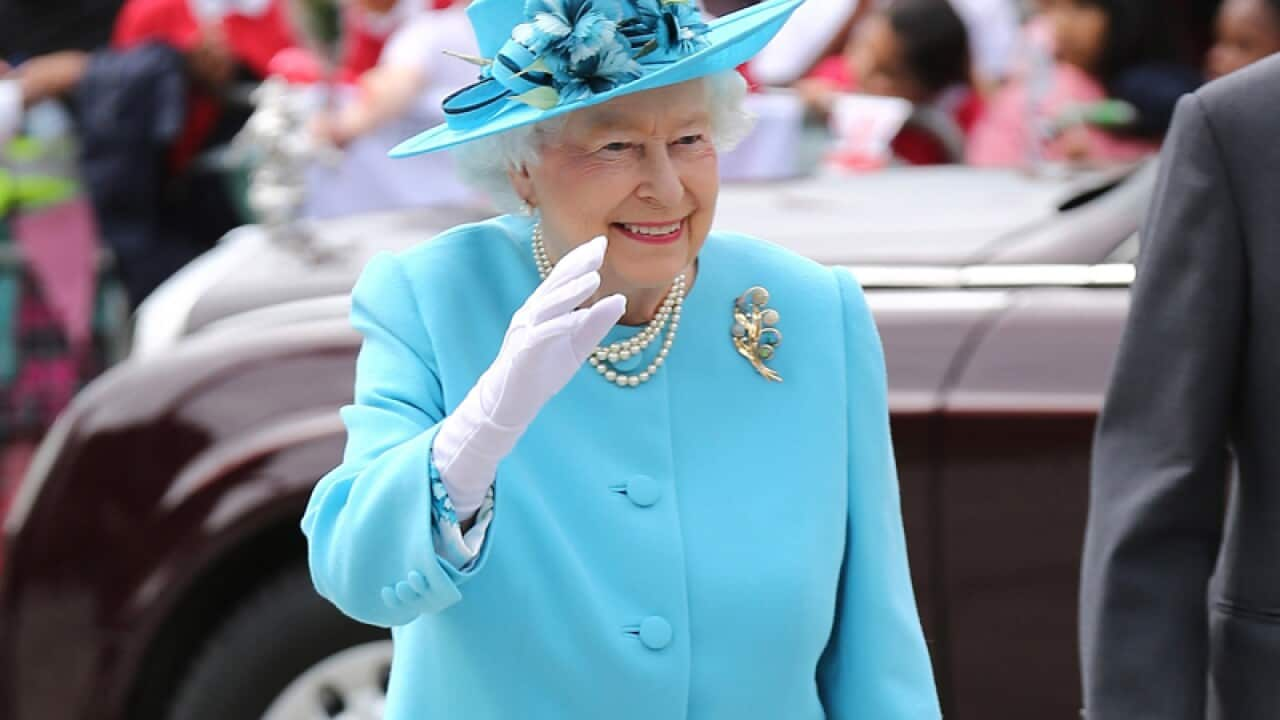Queen Elizabeth II became the longest-ruling British monarch on September 9, overtaking her great-great grandmother
Victoria was the head of the British Empire for 63 years, seven months and two days (23,226 days), from June 20, 1837 until her death on January 22, 1901.
Victoria was only 18 years old when she took the throne, her great-great granddaughter Elizabeth was 25 when she became Queen of the United Kingdom.
The next longest-serving British monarch was .
Note: Llywelyn was a Prince of Wales, but was the de facto ruler. Dates for his rule are approximate.
While Elizabeth II will become the longest-serving British monarch in September, her experience has been and will continue to be different from Victoria’s.
In Victoria’s time the British Empire was experiencing growth, partly through the supremacy of its Royal Navy and the effects of the Industrial Revolution.
The size of the British Empire peaked in the early 20th century – the the world had ever seen – before Elizabeth II became Queen in 1952. Map: the world in 1897, with British 'possessions' coloured in red.
Map: the world in 1897, with British 'possessions' coloured in red.

Source: Wikipedia
While Queen Elizabeth II will become the longest-serving British monarch, there's another monarch who is older.
King of Thailand is the longest-serving living monarch, having served as King since June 9, 1946.
Other long-serving monarchs include the Sultan of Malaysia's Kedah state, and the Sultan of Brunei, .
There are deceased monarchs who held their thrones even longer.

